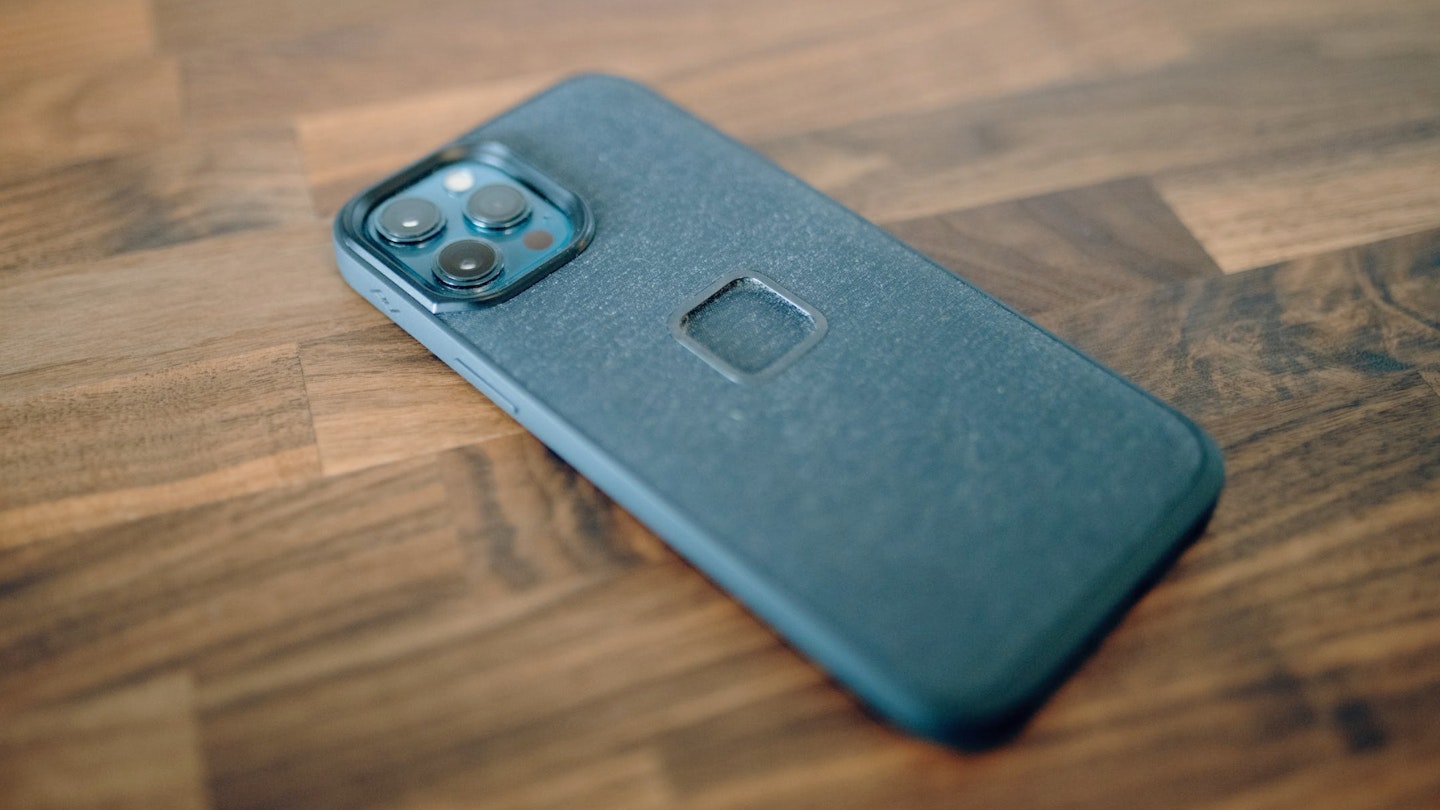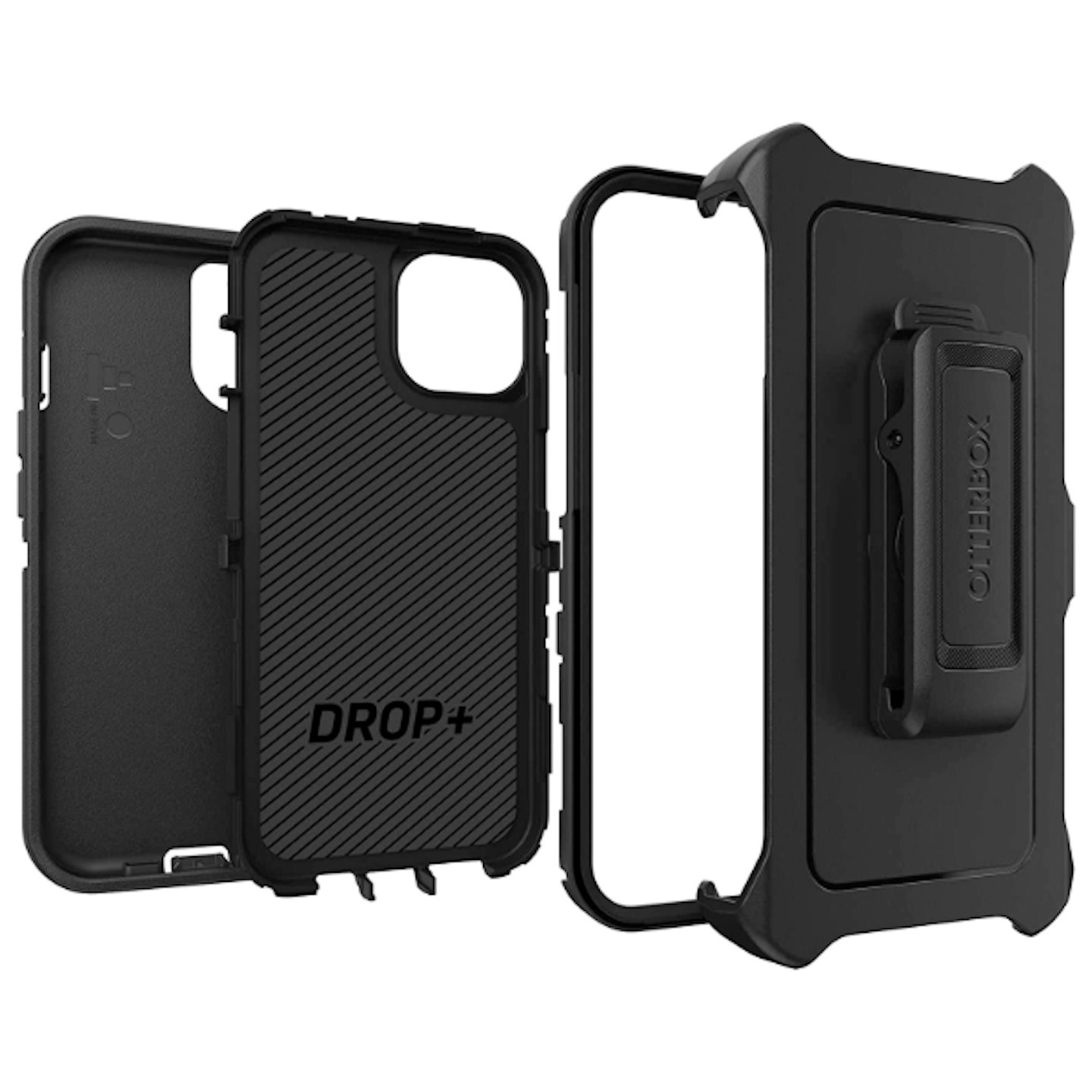If you’ve got a much-loved and personalised case on your iPhone 12 or 13 – sorry, the iPhone 14’s changed the design just enough that it’s not going to fit. Fortunately, the case manufacturers of the world have been hard at work making options for the iPhone 14, and most of them reflect the same choices you had for the previous generations.
So far iPhone 14 cases are available in five significant formats:
The silicone sleeve/bumper
This is the classic ‘clips around the case’ style, and it’s the one that is most likely to keep your wireless charging and car holders easy to use. It’s cheap, there’s a massive variety of styles, and the side drop protection is usually okay, but the screen is exposed all the time. Many of them include free screen protectors – perfect on a new phone, great for preserving your favourite spec of dust once you’ve used it for a while.
Pros:
Low cost
Unintrusive
Clear ones show off your chosen iPhone colour well
Cons:
No screen protection
Not always up to protect the camera module
Minimal pocket protection
Our favourites:
The wallet case
These are ubiquitous, with a wide variety of materials, colours and styles. You can get leather, PVC, fabric or fake book covers, some have magnets, some have poppers, and most claim to have RFID blocking which seems counter-intuitive for a wireless communication device. The current trend is to put your credit cards into the front of the wallet, where they can contact your liquid-retina display for marks and scratches and defeat the purpose of Apple Pay (if they’re RFID blocking, that Oyster card’s going to have to come out anyway).
The most advanced ones support MagSafe and use it to allow a silicone sleeve case to be detached from the wallet for charging or navigation, the cheapest ones often fit badly, and most are so thick only the most aggressive wireless chargers can work with them. But they do provide a secure grip, space for cards/membership details/ID (keeping your ID with your phone is a bad idea, by the way) and protection for the screen when in your pocket.
Pros:
Often inexpensive, with lots of appealing, personalised colours and textures
Great protection for the screen and often better drop protection if they close securely
Easy to hold
Cons:
Only the best will fit nicely and close properly
A limited range of MagSafe/wireless charging options can actively hinder wireless charging and even network functions
Need to remove case for many car holders or accessories
Our favourites:
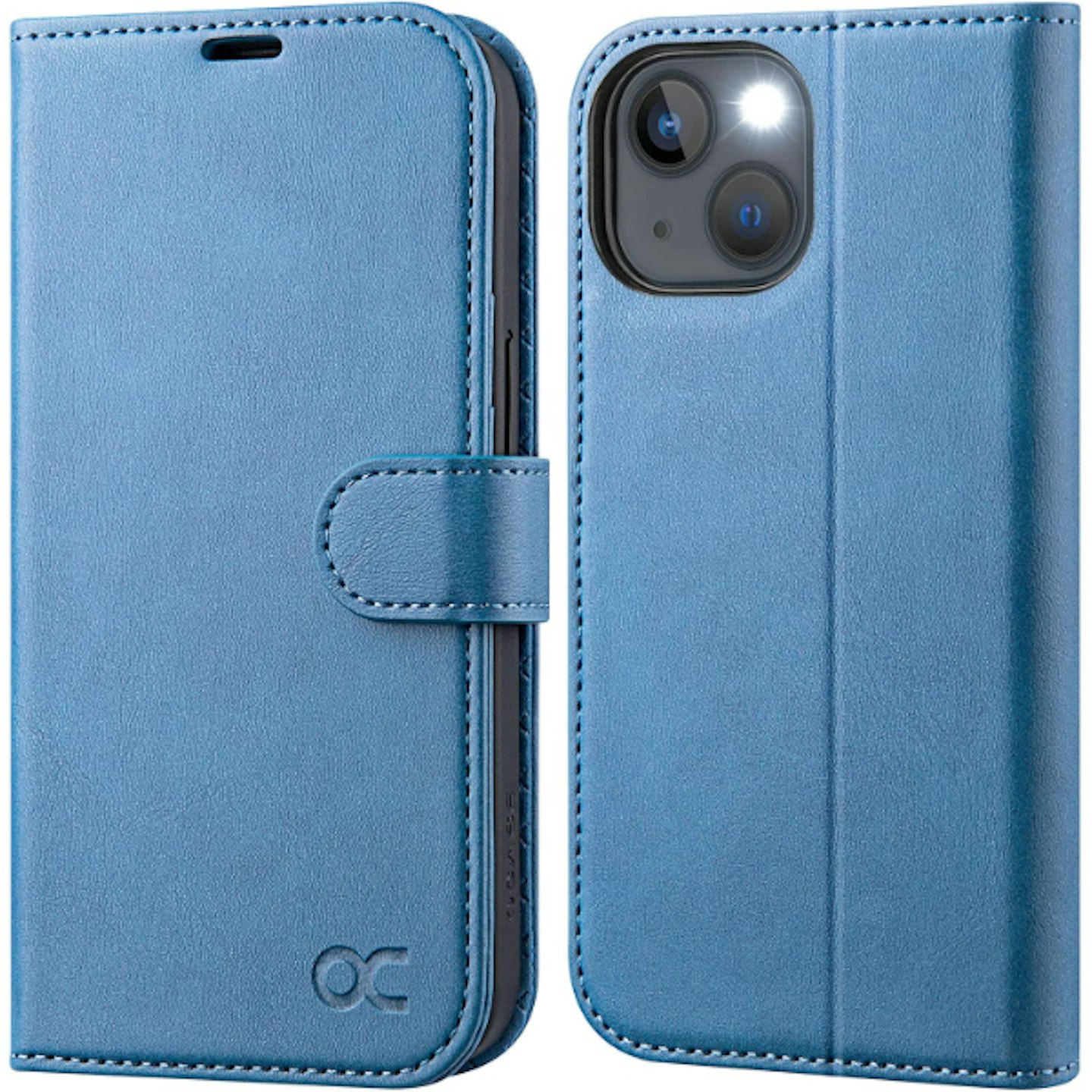
The rugged case
Do you want your iPhone to look like an Android device for kids? Here’s your best option.
The rugged cases look like they offer the best protection, but unless they’re from a reputable brand such as OtterBox, they’re just hard plastic nastiness. Some offer camera sliding door covers, which in theory are a nice idea but I’ve yet to see one that isn’t merely an annoying barrier to using the camera.
Some have wrist straps or kickstands, which can be handy, but they’re best suited to lower-cost iPhones thrown into extreme environments, like your kids hands on a long car trip or a building site – whichever is less hazardous.
Pros:
They do usually wrap about the whole phone
Rugged
The iPhone may appear less enticing to muggers, too
Cons:
Usually disable MagSafe
Few are well-engineered enough that the camera or port covers aren’t annoying
The iPhone is already waterproof - the case may just trap moisture
Our favourites:
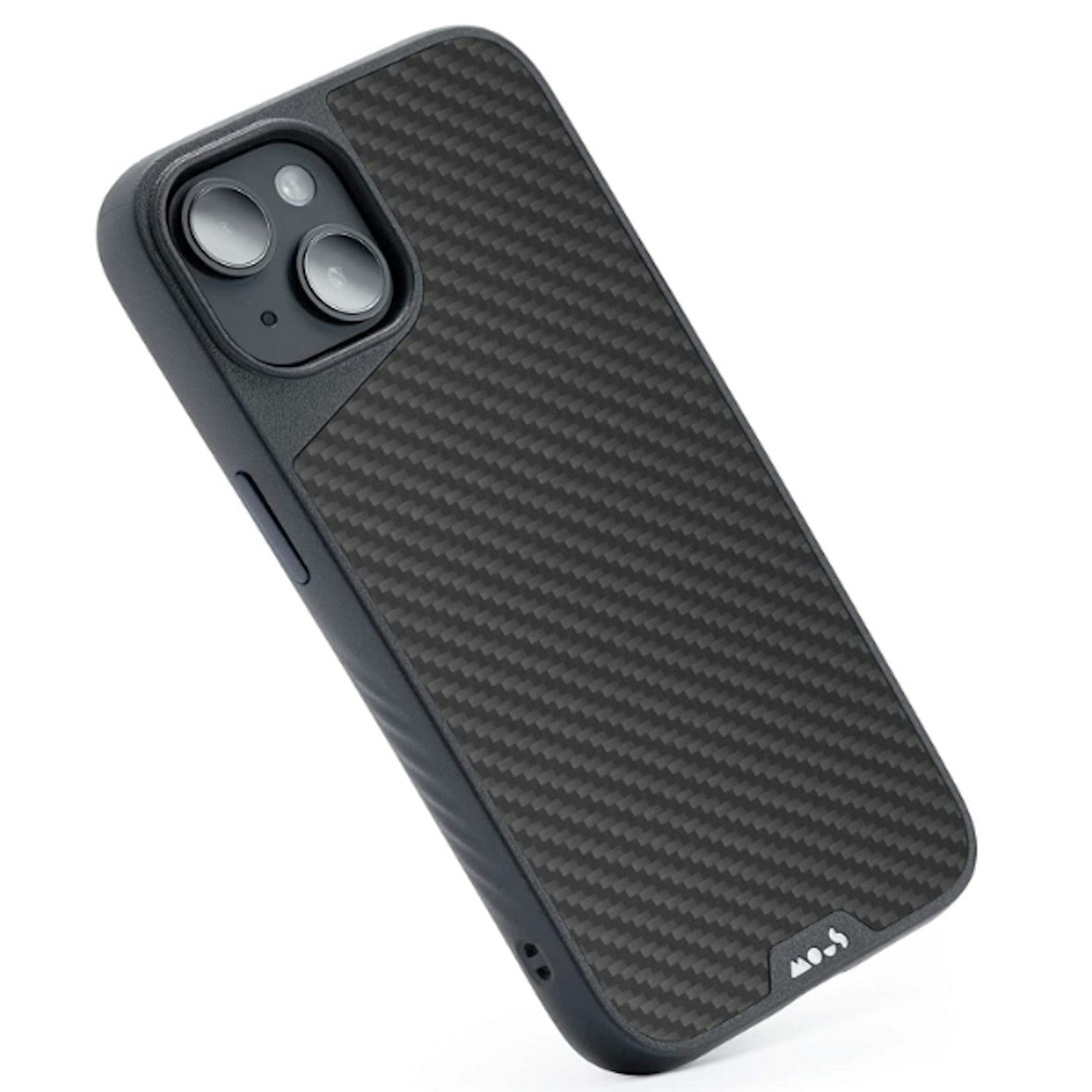
The kickstand case
Usually a derivative of the silicone sleeve style, the kickstand case could have a screen cover, but most are designed to be small and unobtrusive, adding a small tab near the centre to prop the phone up. Most will disable wireless charging. You can get similar results with many wallet cases that fold to support the phone, but the cleverest kickstand cases can hold the phone in landscape or portrait modes.
Some may also offer a loop for holding the phone, which is a handy accessory in itself.
Pros:
Usually slim and low-cost
Unobtrusive to use
You can prop the phone up to watch videos, make Facetime calls or play games with proper controllers
Cons:
Many disable wireless charging
Few are very high quality
Our favourites:
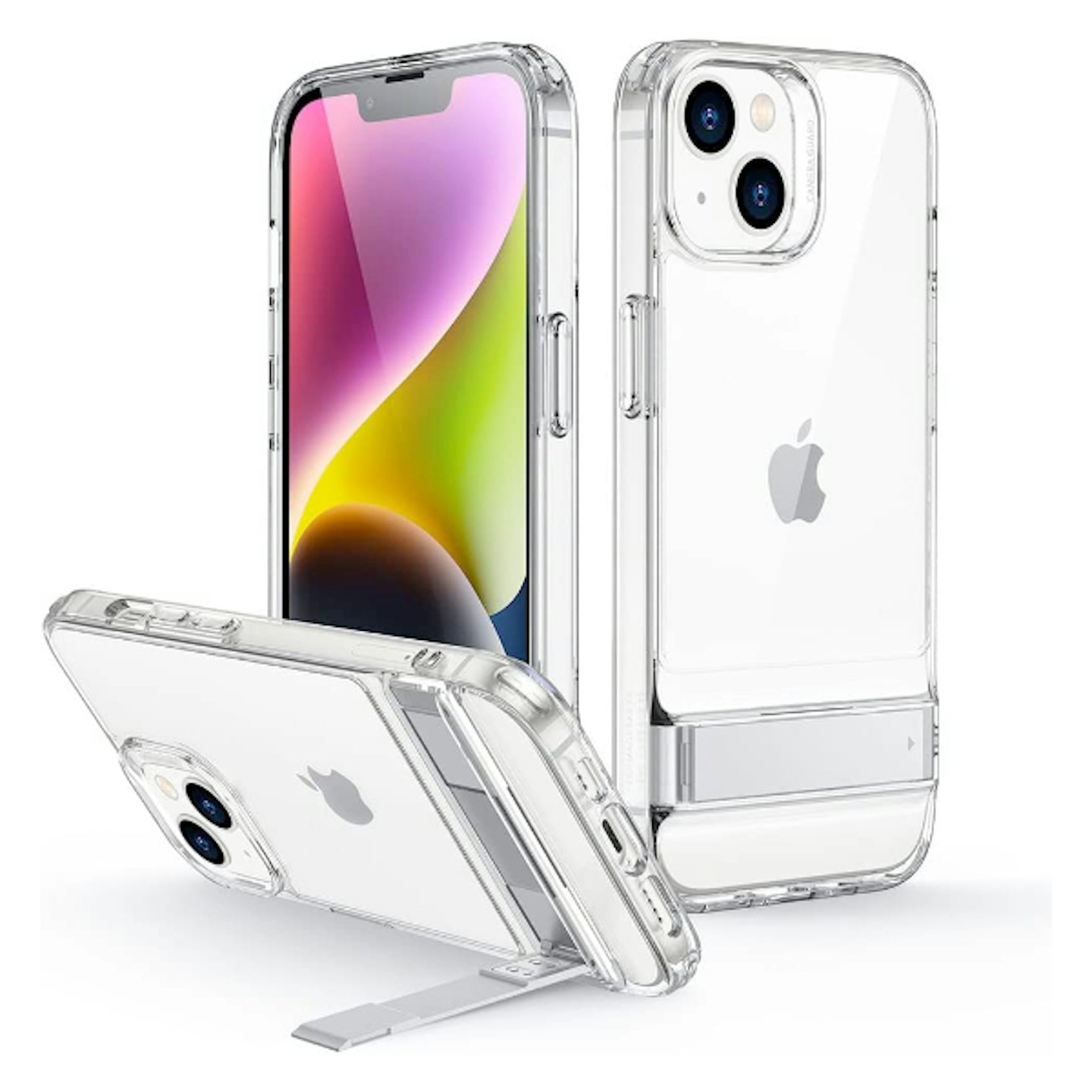

The MagSafe case
MagSafe is the top-tier of cases, and it includes wallet, sleeve and kickstand options. The best combination is a silicone sleeve with a wallet that attaches magnetically and has an accessory MagSafe ring because the magnet attachment is sufficiently strong to let the finger loop hold the phone quite safely.
Many MagSafe accessories attach to the phone directly, which of course means friction and scratches over time. There are many cheap sleeve-type cases with MagSafe magnets inserted into the plastic which connect the chargers and accessories while also protecting the iPhone – and a clear one of these will reveal your chosen colour of the phone as well.
For an iPhone 14 user, MagSafe gets the best experience for charging stands, kickstands and even battery cases with extra capacity on board. However, many of these cases will cause problems with in-car wireless chargers, so be prepared to try a few if you rely on that pad for long commutes.
Pros:
Lots of supported accessories
Generally higher quality
Not always expensive
Predictable charging performance
Cons:
Some car vent holders can get hot in use,
The best cases are expensive and quite conservative in design
More ‘things’ to carry about
Our favourites:
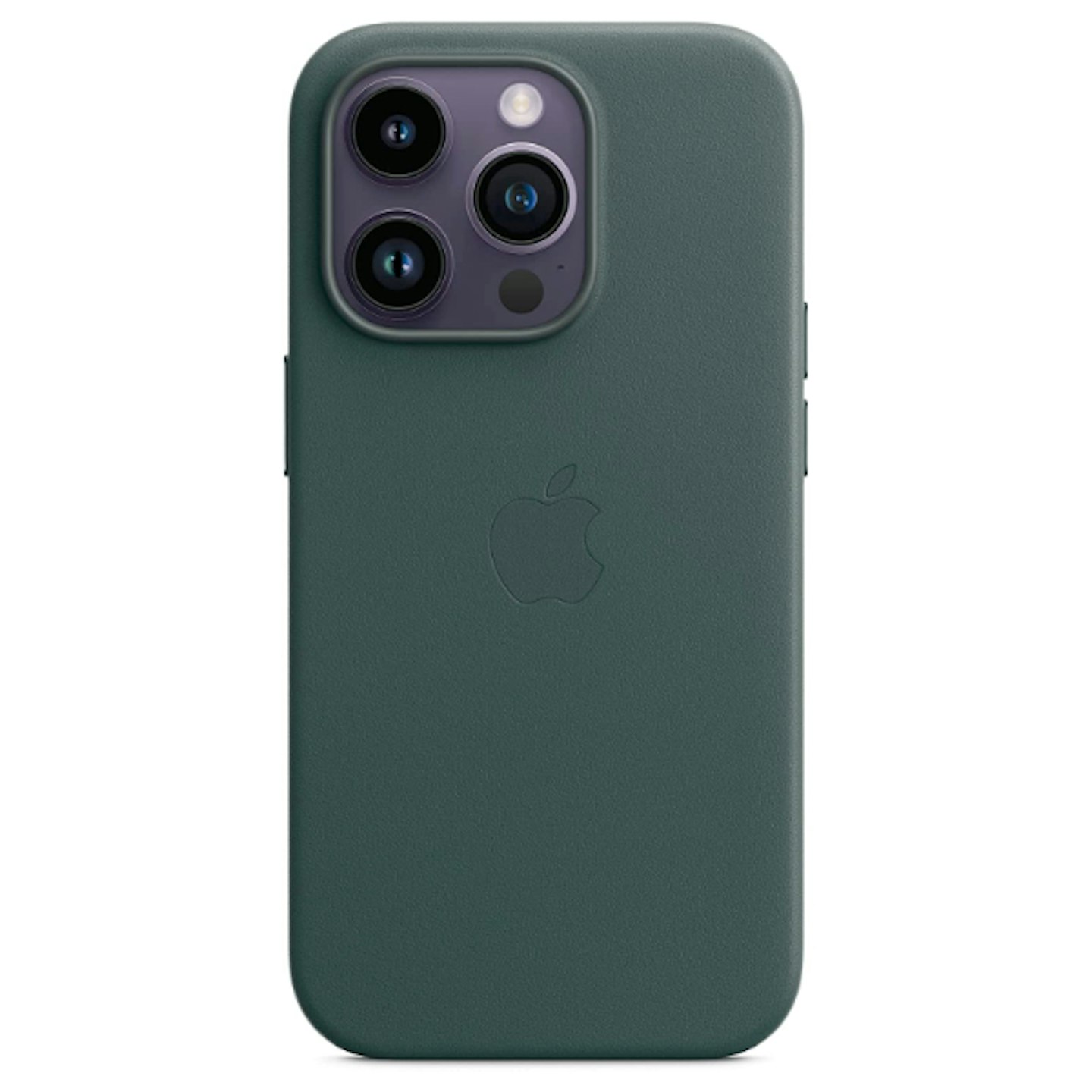
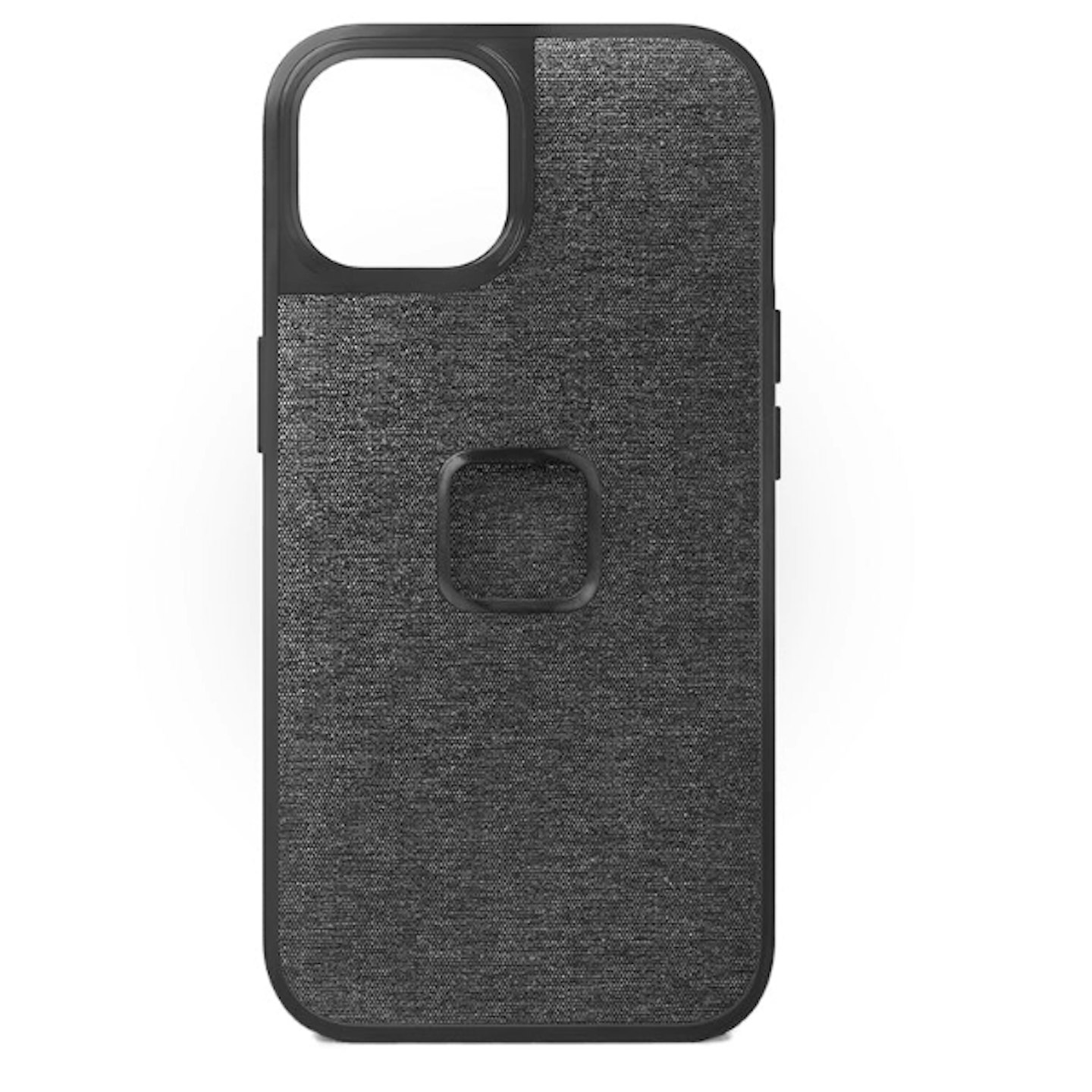
www.peakdesign.com
What to look for in a good case
All cases are designed to a specific pattern Apple provides in advance of the iPhone being launched if the designers are approved. Some of these patterns get copied and cloned, so the cheapest and least-known brands may have a poor fit and thus, poor protection.
In a sleeve/bumper case, look for soft backings inside if you want the maximum trade-in when you next upgrade. The plastic, hard skins are okay, but if they trap sand or grit they can move around more and do more damage.
In a wallet case, look for a precise cutout and match for the earpiece, or – with the advent of always-on displays – a window for the clock and notifications to be visible. Huawei did this eight years ago with the P9, and it’ll be a great feature if the iPhone adopts it. A good, secure magnetic closure and ‘screen off’ compatibility are worth having, and if wireless charging matters to you focus on models that are MagSafe-approved or offer a detachable sleeve. Bear in mind some magnetic attachments will stop wireless chargers from working.
Most of the rugged cases are very low quality for what they promise, we’d suggest only buying from brands with a long track record such as OtterBox if you genuinely need to use the iPhone in a harsh environment.

Kickstand cases have the same limitations as sleeves, but make sure the stand is well-made and meets your needs. Some can make holding the phone uncomfortable, whereas the loop/ring types you hook your fingers through to hold the phone are actively beneficial, avoiding the claw-like grip you may adopt.
Finally, when looking for a MagSafe case, be prepared to spend twice as much to get the quality you want – with the exception of the clear silicone sleeves. There are plenty of these for bargain prices and they’re all cut from similar cloth (well, plastic) – the white MagSafe insert can look a little garish but even the cheap ones fit well, and the clear resin is good protection with a nice grip, and the only downside is the tendency for in-car chargers to not recognise or latch onto MagSafe, instead treating it as an obstruction and not charging. That may be improved by adding a magnetic ring to the car’s pad to keep the phone in place, but it won’t negotiate the faster charging rate.
One thing is for sure; you will want a new case for the iPhone 14 – the Pro Max 1TB is a whopping £1,729 retail – and Apple’s continued tinkering with the shape of the device means yet more landfill, so if you can find ones made of recycled or sustainable material you really are making a difference.
Richard Kilpatrick is a contributor at What's The Best. Well-versed in both technology and automotive, more can be found from Richard at Parkers.
Subscribe to the What’s The Best Newsletter to keep up to date with more of the latest reviews and recommendations from William and the rest of the What’s The Best team.
